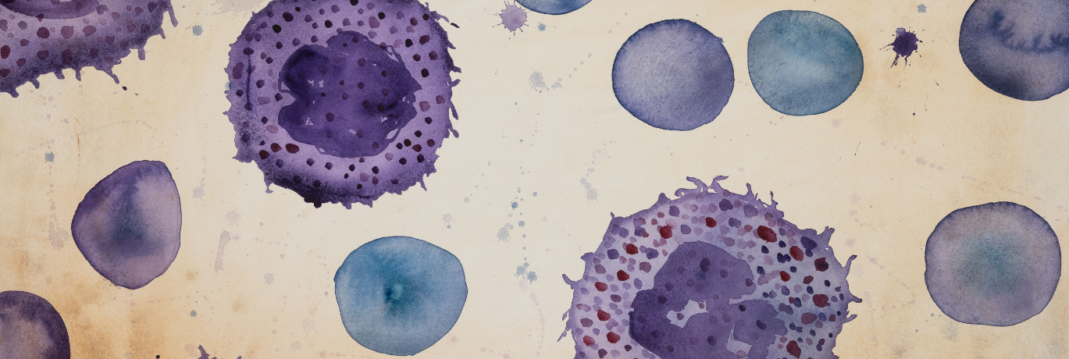Laminin 521 maintains differentiation potential of mouse and human satellite cell-derived myoblasts during long-term culture expansion
Penton C.M., Badarinarayana V., Prisco J., Powers E., Pincus M., Allen R.E., August P.R.
Skeletal Muscle, 2016
Here, the authors comprehensively examine the effect of physiologically relevant laminins, laminin-211 and laminin-521, compared to traditionally utilized ECMs (e.g., laminin-111, gelatin, and Matrigel) to assess their capacity to propagate and preserve myogenic differentiation potential. The results demonstrate laminin-521 is a superior substrate for both short-term and long-term myogenic cell culture applications compared to other commonly utilized substrates. Laminin-521 also provides more consistent and reliable differentiation over long-term culture. Laminin-521 supported increased proliferation in early phases of expansion and was the only substrate facilitating high-level fusion following eight passages in mouse myoblast cell cultures. In human myoblast cell cultures, laminin 521 supported increased proliferation during expansion and superior differentiation with myotube hypertrophy. Counterintuitively, however, laminin-211, the native laminin isoform in resting skeletal muscle, resulted in the low proliferation and poor differentiation in mouse and human cultures. Matrigel performed well in short-term mouse studies but showed high amounts of variability following long-term expansion.

Talk to our team for customized support
We are here to help you in your journey.